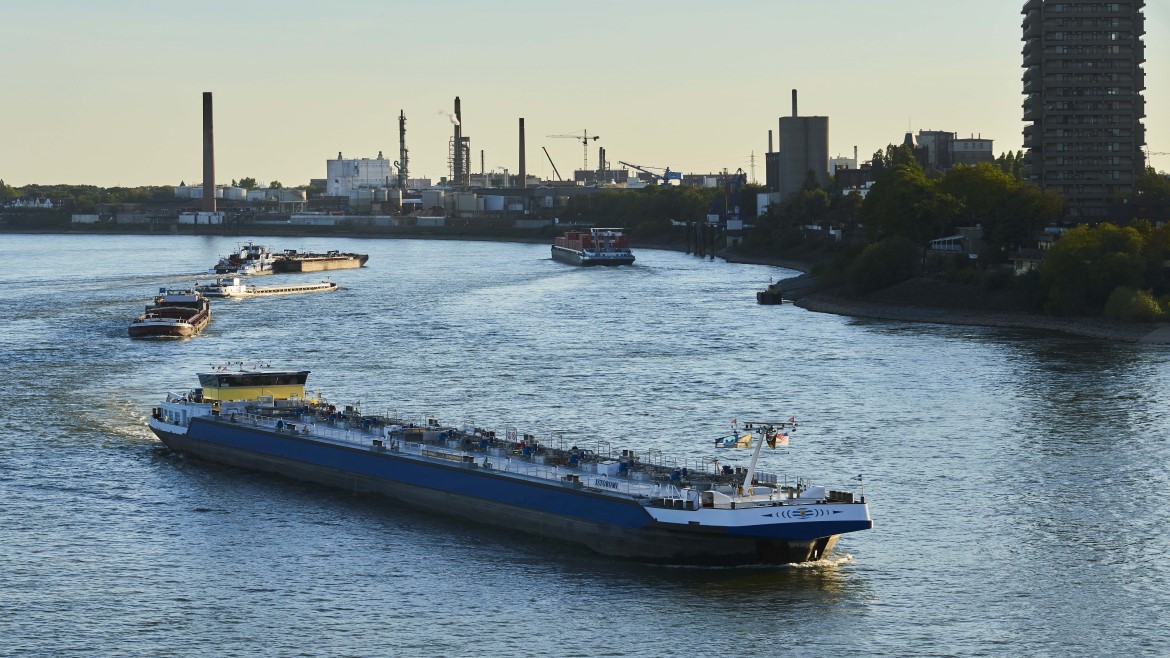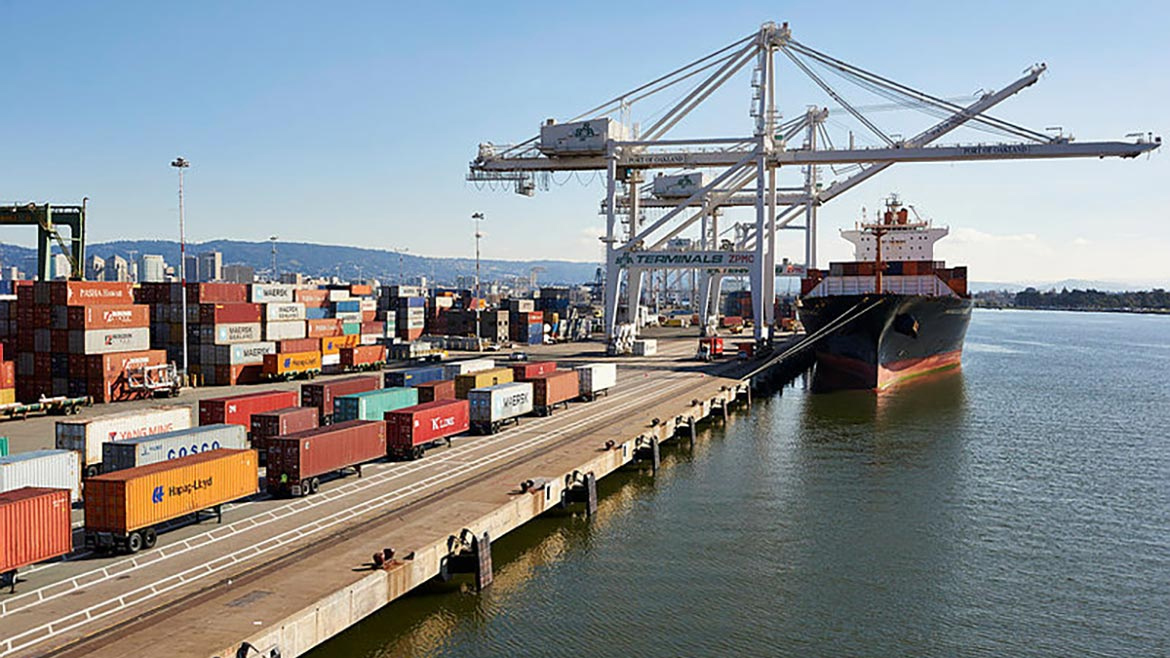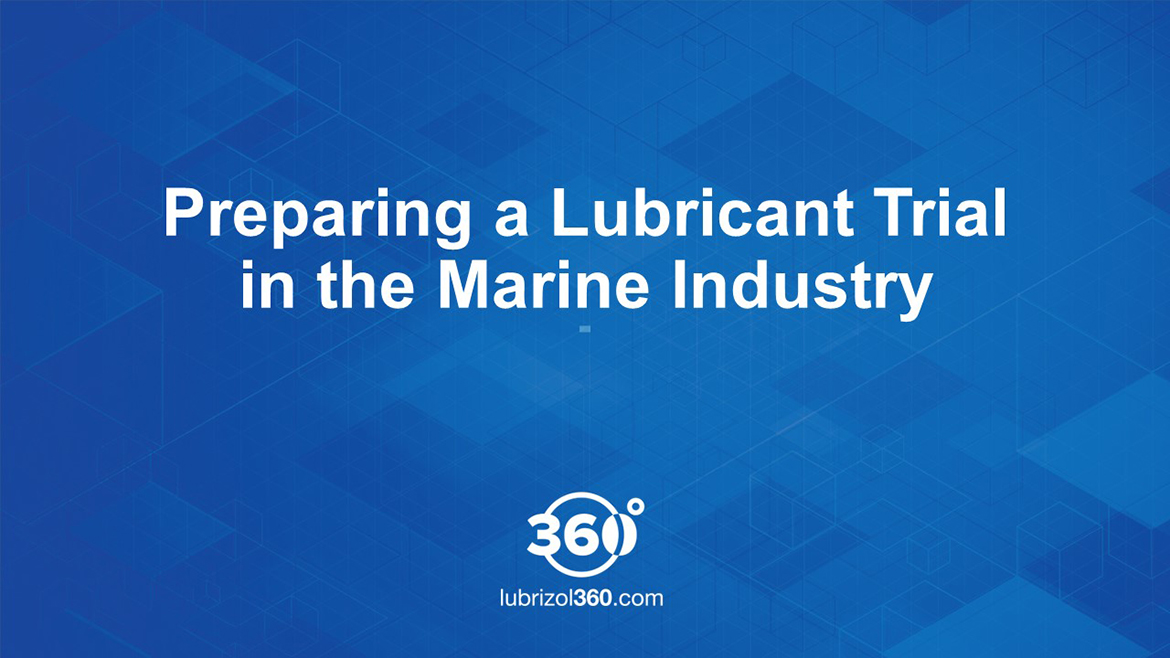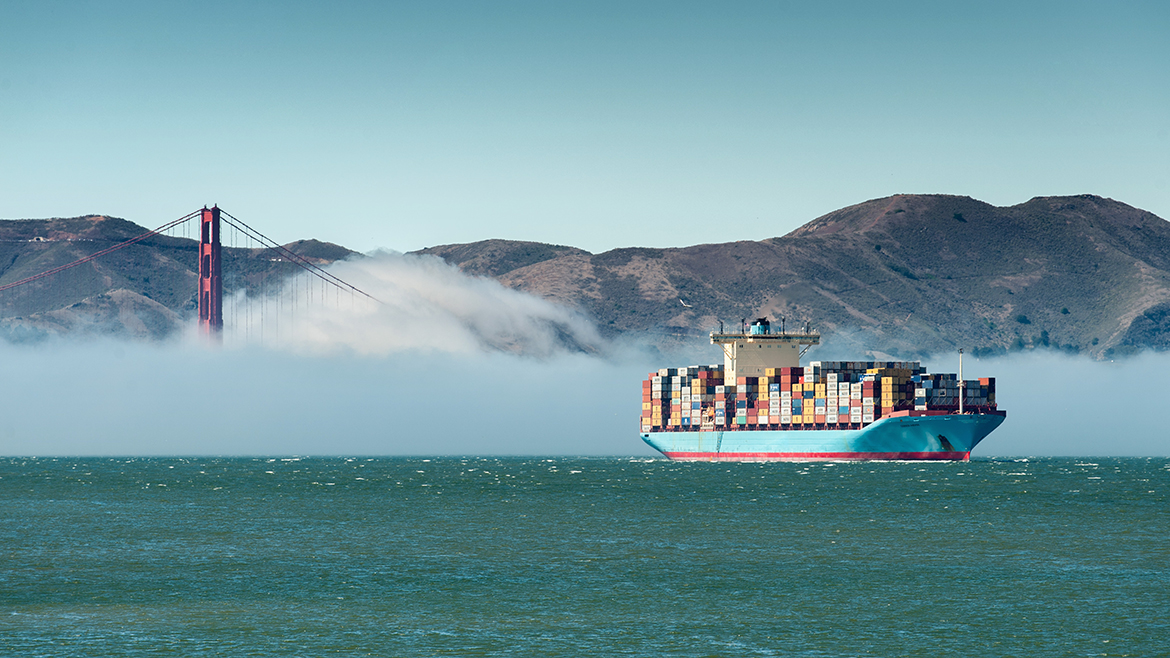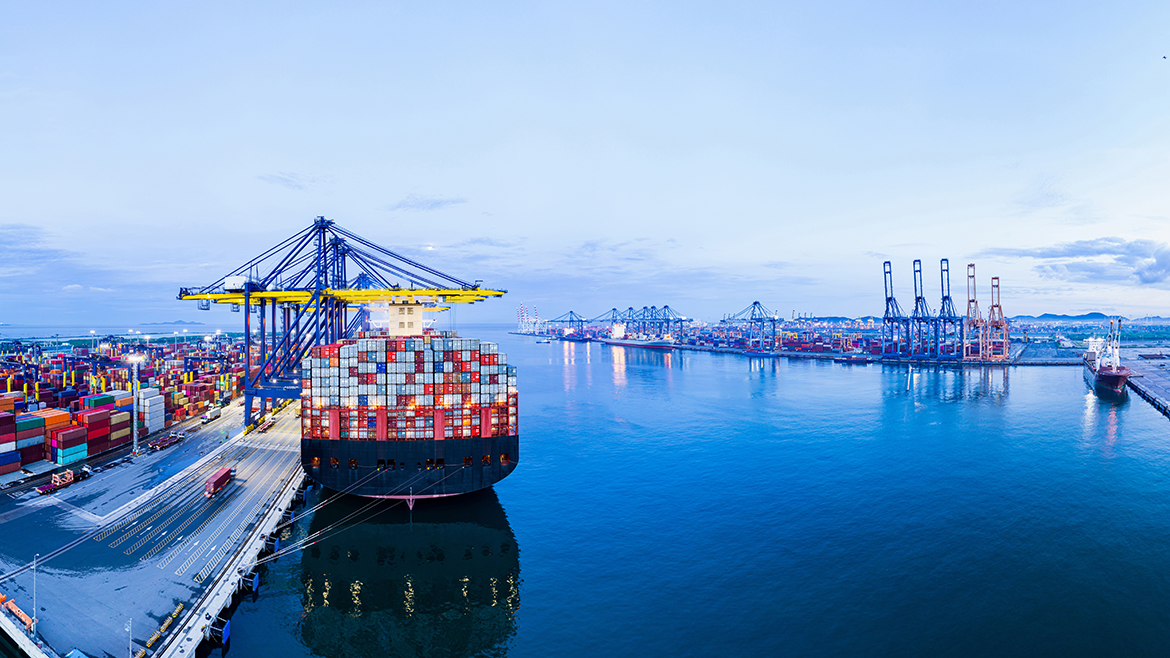Mar 30, 2023
Posted by Ian Bown, Technical Manager, Marine Engine Oils, Lawrie Peck, Technical Manager, Marine Engine Oils
In our series on lubricant testing in the marine industry, we have discussed why in-the-field testing of an oil additive's performance takes place, even though we have tested and developed it using bench tests, how we prepare for the in-the-field trial and how a lubricant trail is conducted.
In this fourth and final video, we discuss what happens at the end of the test and how the results are reported and shared.
For more information, please contact your Lubrizol representative.
Video Transcript
Ian Bown
So what happens at end of Test?
Lawrie Peck
First of all, we will continue with the regular scavenge port, inspection reports being shared on this and the continual sampling and analysis of the movement and all the way through to the end of test period. As we get close to the end of test we’ll be coordinating again. There's a lot of effort that takes place with the ship owners, ship screw, Lubrizol engineers, the OEM engineers to make sure we can coordinate location and times to where we're going to meet the ship. At that point, we chose to port, we get the engineers on board, and in some respects, it's a repeat of the starter test, we want to really focus in on the chosen cylinders that we run in the candidate lubricant through depend on the test type, we may well lift one or two cylinders to really assess the condition of the cylinders, the rings and the liners., but also carry out a full scavenge port inspection on the rest of the engine, so again, we can assess how the rest of the engines performed overall, compare the incumbent oil with the candidate oil that was being run through those chosen cylinders. The data, the photographs, the operational engine data is all collected, and we take that information and then we produce a technical report, which will then be shared with the OEM and the ship operator, ship owner so we can jointly see and assess how that lubricant has performed throughout the trial?
Ian Bown
How important are images to these trials?
Lawrie Peck
They're really important, because they are that one historical record of how that component or how that area of the engine has performed. When you take the photographs along with the measurement data and the analytical data that we've obtained from the laboratory on the oil itself, we are then able to build up the set of staged information points that allow us to assess very deeply, how the oil, how the engine has performed throughout the whole trial period.
Ian Bown
That report, in part, complements the report generated by the OEM engineer.
Lawrie Peck
The key piece from that point on is whether the OEM considers the performance of that lubricant, who need their requirements for an approval. Once that approval has been granted, the technical report that we produce can then be used as a technical historical reference for ourselves, as we look to develop new formulations in the future, that could also be then used with the oil companies that we're working with, the information can also be shared with their customers going forward, to really provide confidence and validation that the approval trial and the approval granted by the OEM meets the needs of the OEM at that point in time.
Ian Bown
There's certainly a lot of activities to coordinate between different groups of people through this process, that we've just gone through.
Lawrie Peck
This is why it would take a lot of time to coordinate with the ship owner, ship operator, the OEM to make sure we can conduct those activities in a way that doesn't interfere with the sailing schedule of the ship at all.
